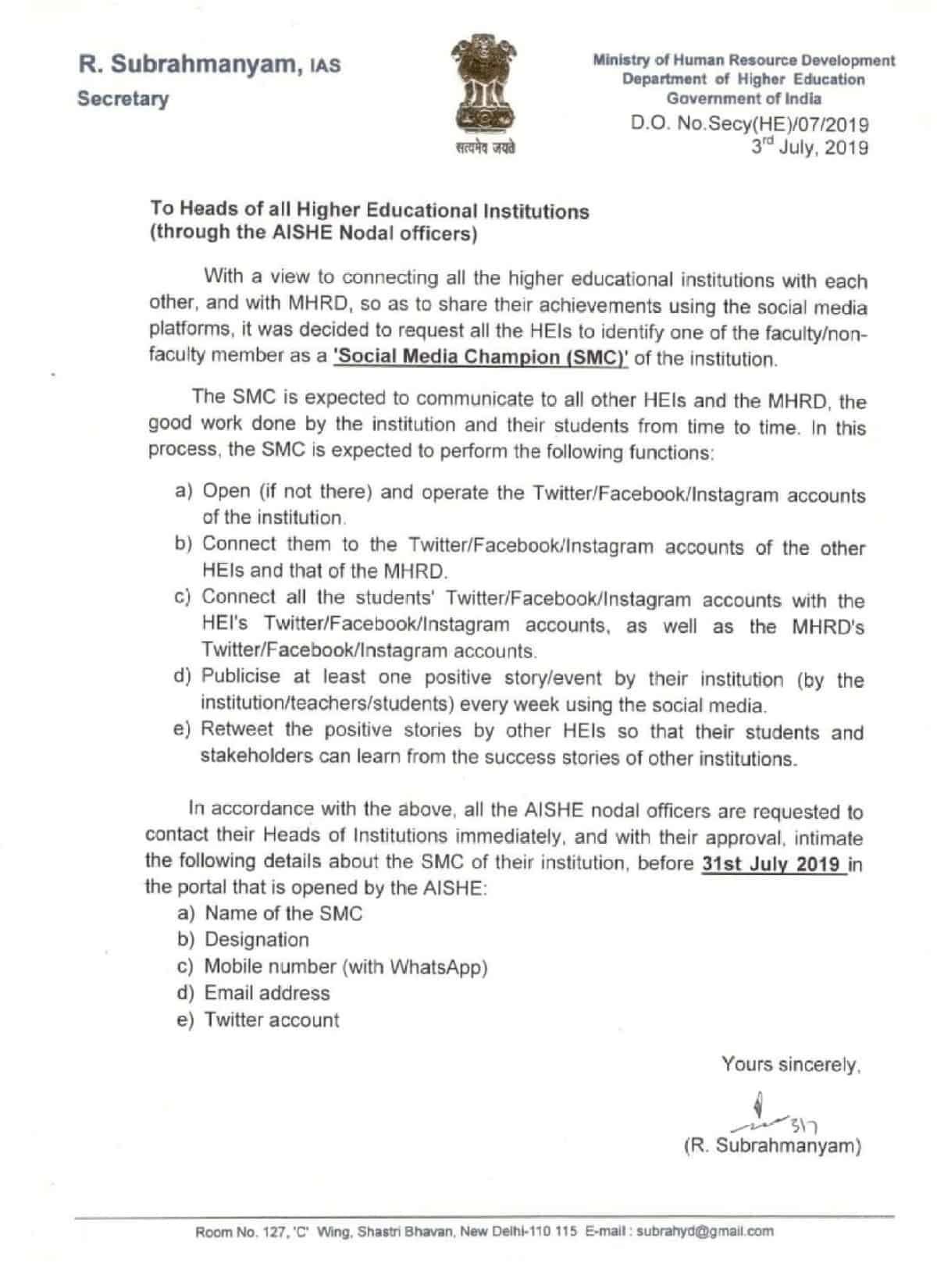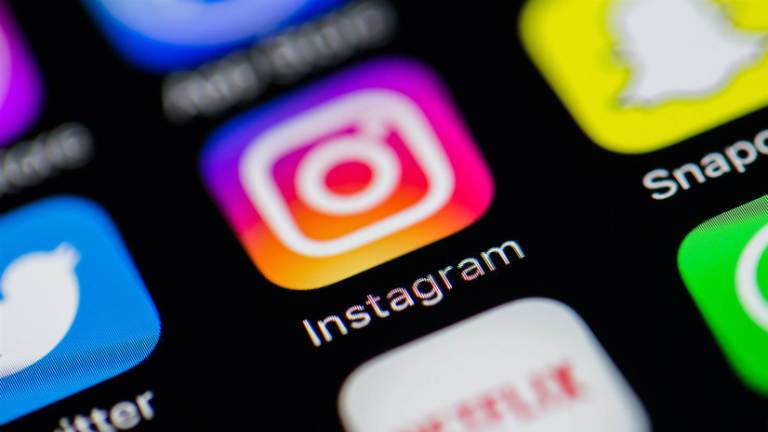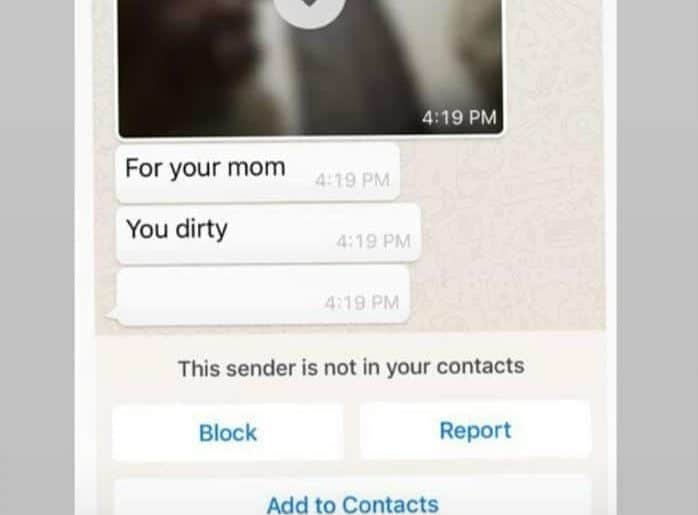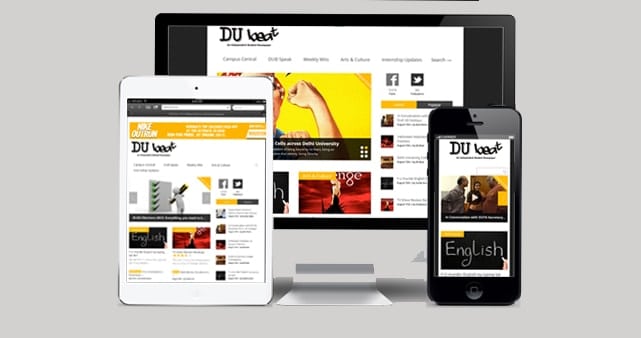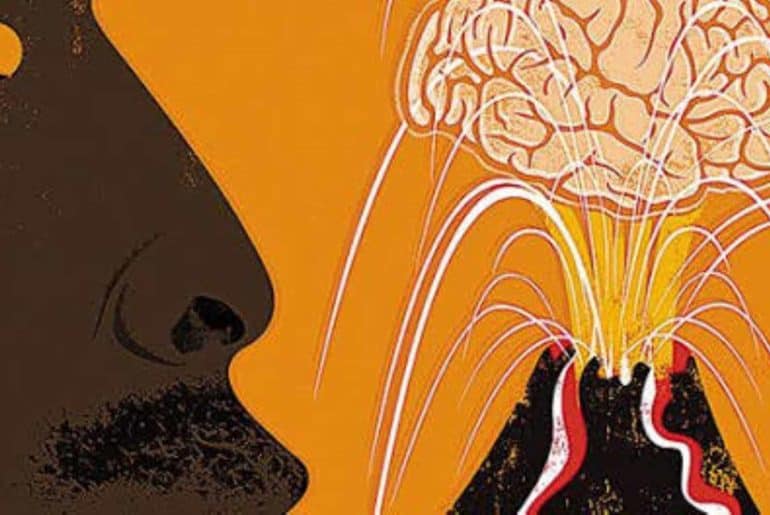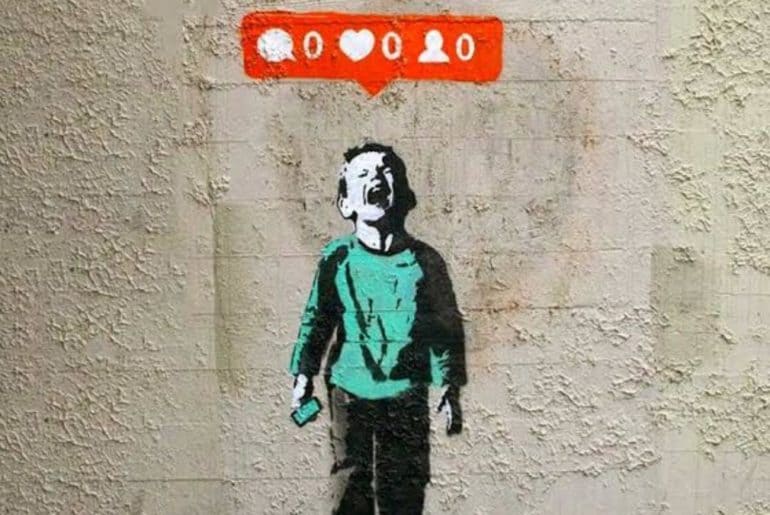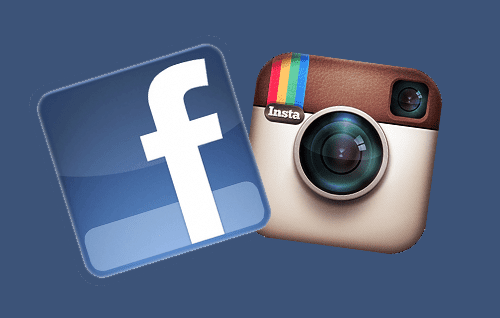Digital poetry has taken and given a lot from conventional art forms when it comes to shaping the poetry of the 21st century, let us see how…
The modern or twenty-first-century poetry has seen a drastic change from the poetry in the preceding centuries. While modern poetry or the poetry evolving in the twenty-first century has adopted a more favourable style towards free verse and a greater emphasis on artistic expression, it has evolved with features like disrupted or unkempt syntax, irregular stanza structure and lacking rhyme schemes.
Free verse poetry has gained a big following over the following years. While it has been considered synonymous with modern poetry, it dates back to hundreds of years. New popularity for poetry has been achieved through big portals on social media platforms which have seen a big fan following, giving new artists and writers a space to showcase their work. Social media, one of the biggest boons for a lot of businesses in the twenty-first century, has also been a big platform for many poets and writers as well as other artists to showcase their work and achieve fame. Poetry has evolved to become a highly appreciative art form.
Online or Instagram poetry has become the biggest source of artistic influence on social media. It all started back in 2012, when the poet, Lang Leav started publishing her works online on Instagram. She stands with approximately half a million Instagram followers and four published novels, becoming one of the most sought after and famous instagram poets. Canadian poet, Atticus is also an instagram celebrity poet, with a constantly growing fan base. He started publishing his poems online since 2013 and has gained a lot of appreciation, but even more among his fans for his mystical appearance. Instagram poetry was once again revolutionized, by the Indian origin Canada based poet Rupi Kaur, who became a big success with two publications and two world tours. Her poetry focuses on the diaspora, the brown values and love loss among other things. Other prominent names include Pierre A Jeanty, Nayyirah Waheed etc. among many.
“It is a pleasure to see the poetry conventions change. I have always loved the works of Coleridge or Wordsworth, so for me, moving on to a newer base of poetry is a tough call, but surely worth a try. It is amazing to see that poets today have so much liberty and so many different platforms to write upon. But the olds, the classics, nothing can beat them.” Comments Heena Garg, a second year student of Maitreyi College, pursuing English Honours.
Digital poetry is freer and more liberated than ever, and nowadays a lot of young and new poets do not pay more attention to the literary conventions. Modern day poetry is deeply symbolic, but literal at the same time. The concept of rhyme schemes and heroic couplets, as well as other parameters, have been set aside. Modern poetry is also a break in and a waiver for a new form of poetry. Its recognition will take a long time, as a majority of literary critics are not a big fan of the modern day poetry. The major debate lies in, whether the social media poetry is destroying the convention and idea of poetry or reviving it. The viability to a large audience makes it easier for the poet to assimilate the tastes his/her readers acknowledge and in lieu of that similar works are produced. However, upon close introspection, modern poetry does not prove to be very “intellectually pleasing” to the soul. Being garnered and taught nature and romantic poetry of the earlier centuries, school curriculums have forced children to have dual opinions on poetry. While poetry of the earlier times, is more tedious to understand due to historical and contextual symbolism along with the archaic style of writing, modern poetry provides an ease to the students. There is a pride and pleasure attached to reading canonical literature, one may interject so, however, the subjectivity of poetry makes us argue whether the content of online poetry is indeed high art or literature.
Pragya Achantani, a final year student of English honors from Maitreyi college states, “ its not all good, but its not all bad also. You need to find the right poets, the right handles for that matter.” She further adds, “ simply saying that its shitty because it is on social media and liking higher art is also not fair. That being said, since poetry is so subjective, it is possible one might not like anything. So, to each their own!”
The topic of interest in poems has also changed. While feminist and nature or romantic poetry still lives and is evolving, there are newer themes attached to poetry. War and peace has always been a key theme in epic poetry as well, and nowadays this theme is being represented in newer lights. The themes of environment, sexual harassment and empowerment are things which were absent or very faint in the poetry obtained from previous generations, however, are now being written and published in abundance.
“Poetry for such a long time has always been interpreted from the eyes of the poet. But for a reader as well, a good poem can be something which may be reflecting exactly what he or she is thinking. For me, after a hectic day at the office, I might run through my feed till my eye catches a poetry verse. I find it quite relaxing. I am not a writer, so maybe I do not go knee deep in interpretation, but it is something which gives a ‘feel good factor’ whole reading it, and that might be the appeal it presents to others as well.” Comments Arpita Chhikara, an analyst at KPMG.
Poetry in the twenty-first century, especially the online versions are slowly moving into the popular or formulaic literature. With an increasing audience, these poems have now become ‘trivial’ art. The aesthetic merit of poetry is declining when compared to the contemporary works. While this may be defended as the coming of a new age of poetry, the market research analysis shows how instagram poetry has become commercialized, with main focus rising on piling up the copies or reaching the best sellers’ shelf. Online poetry, as seen through the eyes of poetry traditionalists, has been reduced to something some may consider being unsophisticated. Like the previous times, it no longer functions solely to cater to the bourgeoisie sentiments, but instead has now become a topic of ‘high-low brow’ literature.
Modern poetry also faces threats of plagiarism, repetitiveness, being cliché’, transient and a pathway to future lawsuits. A majority of online writers are fairly new and young, thus formulating another debate on how technology can be seen as a source of corrupting a literary art, whose simple motive is to gauge the attention of the readers, a sort of a cultural detritus. Permanency is also a factor in poems. Will they last or will they ever transform into something canonical, decades later, thus a shade at the new demographic of this form of poetry.
So what are your views on modern poetry? Can it also be converted into a political fiasco, with traditionalists on the one hand and modernists at the other? It is a matter of time, and to misquote baseball player Todd Helton, “time will tell but we definitely have the talent….. the more experience everybody gets, the better we are going to be”.
Feature image credits: Rupi Kaur
Avnika Chhikara
[email protected]
